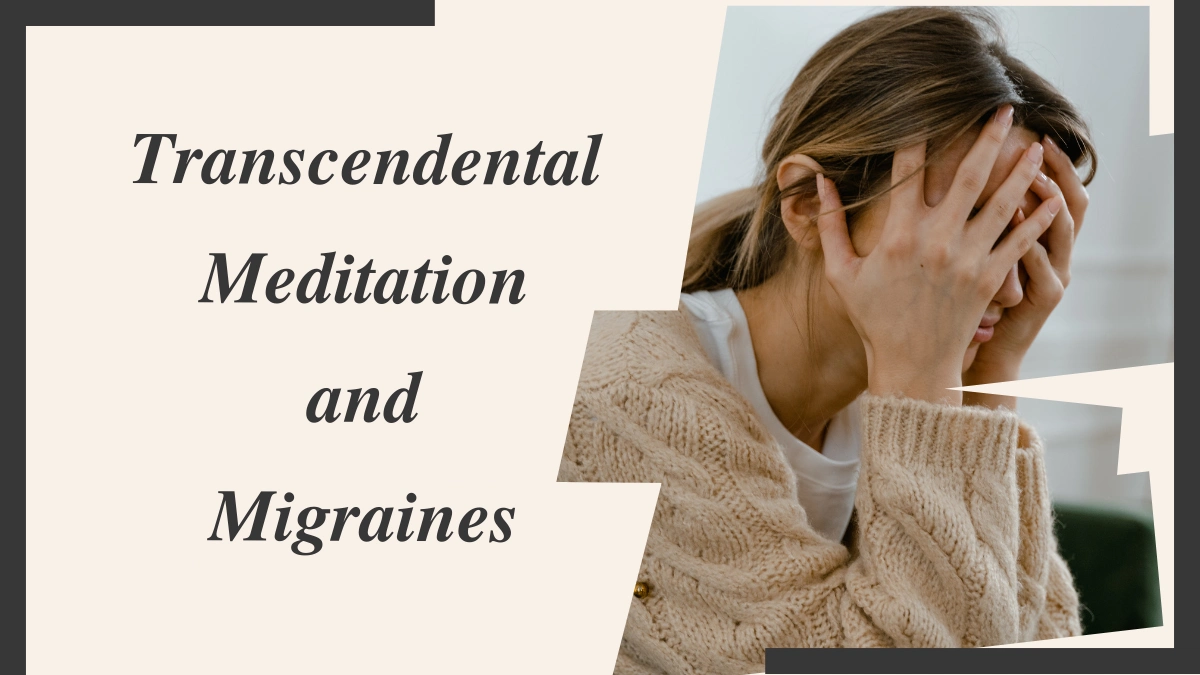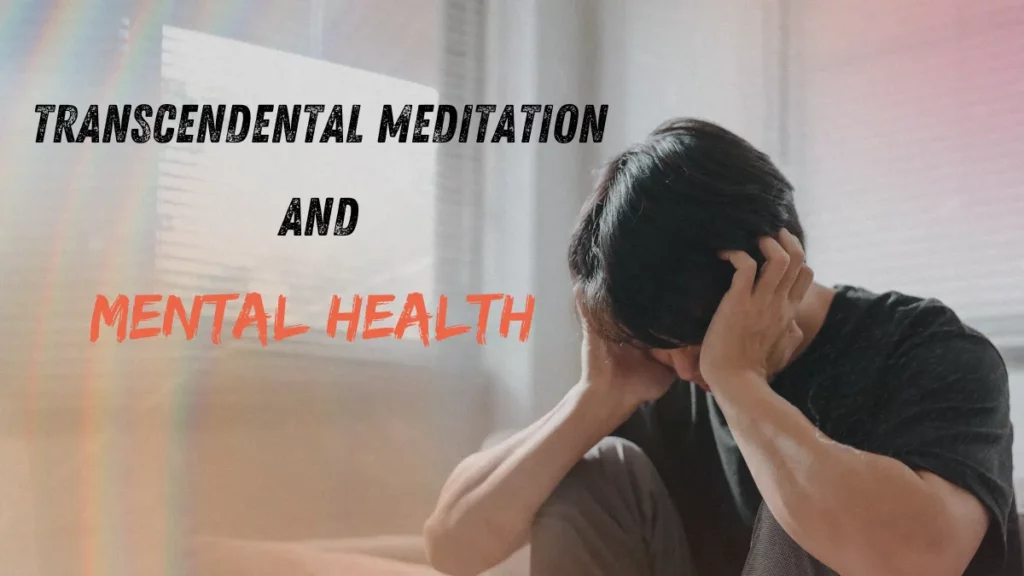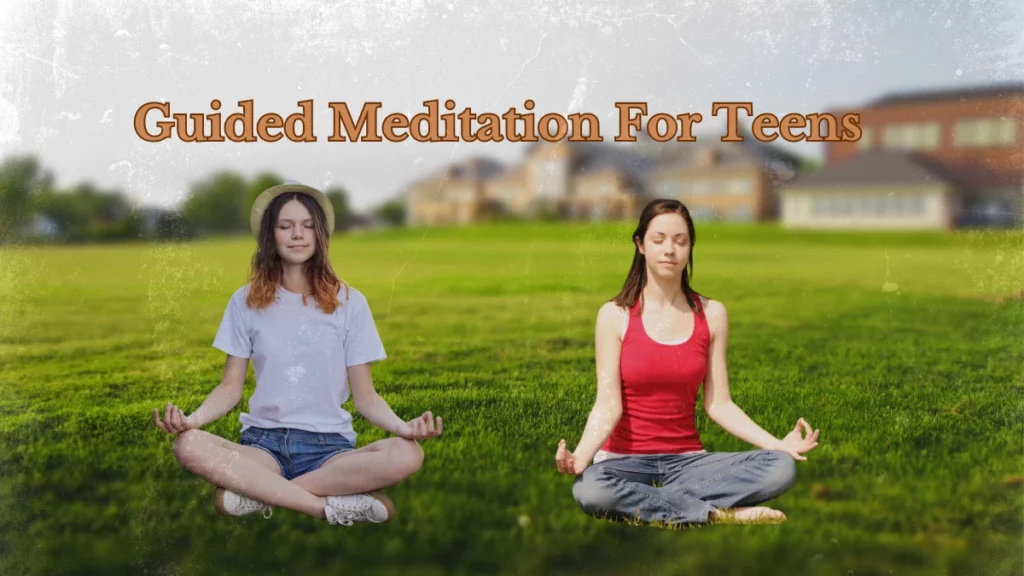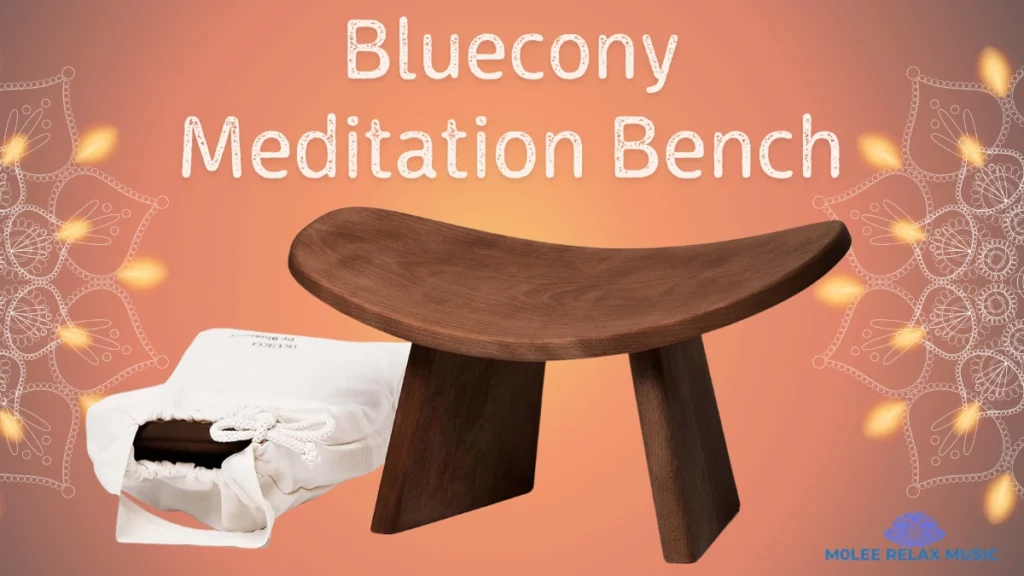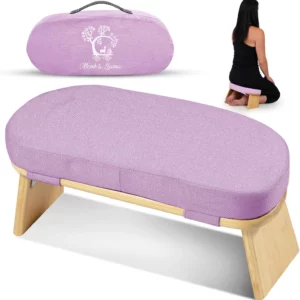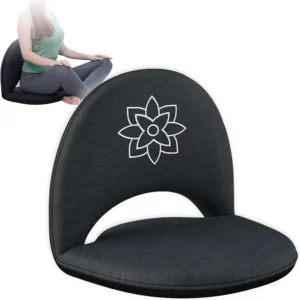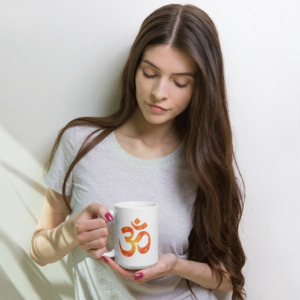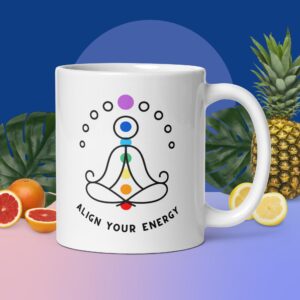|
Getting your Trinity Audio player ready…
|
Even though migraines don’t have a specific cure, you can effectively control your symptoms and causes. Hence, it would help you reduce the overall effect of frequent migraines and lead a healthy life.
Meditation practices such as Transcendental Meditation, Mindfulness, Zen meditation, Vipassana, and yoga are essential for controlling migraines!
This article will teach you about migrations and headaches, their key symptoms, the methods to control migraines effectively, and how transcendental meditation and migraines are connected.
Key Takeaways
Difference Between Headache And Migraine
Headaches and migraines are often confused, but they are not the same. Recognizing the key differences can help you identify the most appropriate strategies for relief and prevention. So let’s dive in.
Headaches are pains that occur in the head, face, or upper neck. Their frequency and intensity vary accordingly.
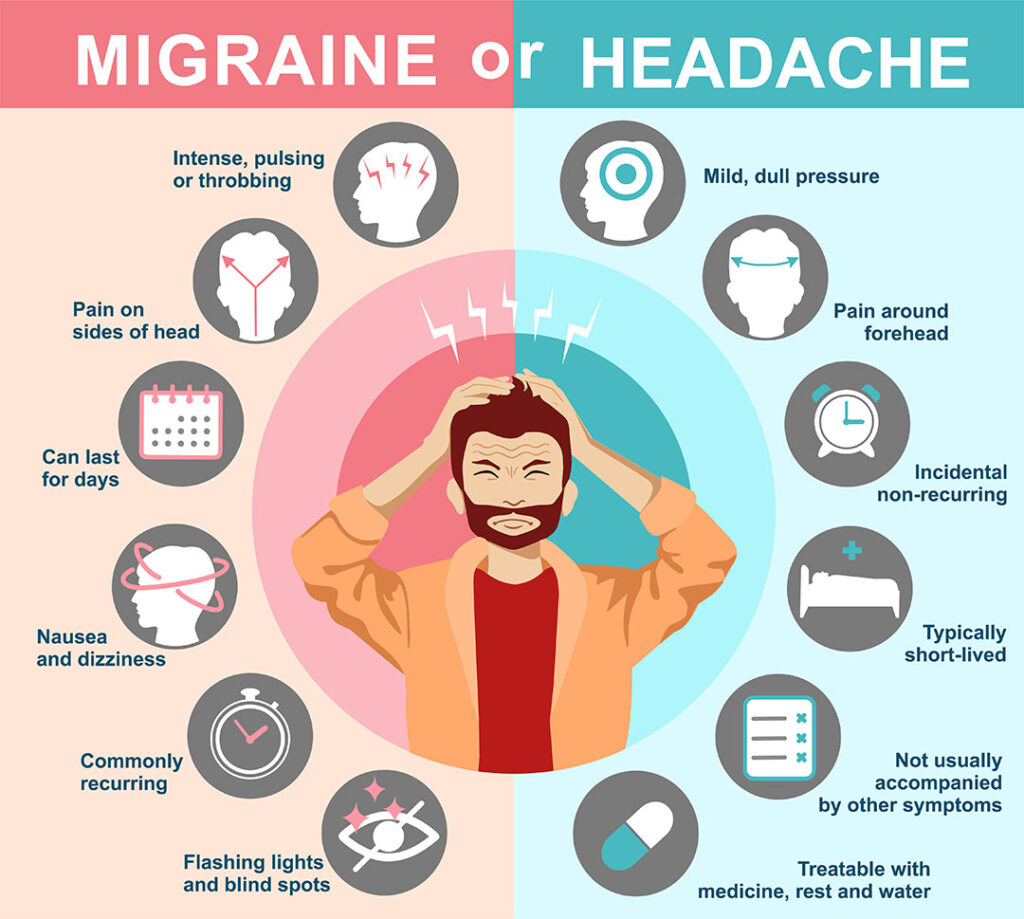
Types Of Headaches
The two main types of headache are described as follows:
- Primary headaches:
They are affected by the dysfunction or overactivity of pain-sensitive features in the brain.
In this case, the pain comes from the inflammation of pain-sensitive body parts, such as the neck, head, nerves, blood vessels, and muscles.
The most common types of primary headaches are namely Migraine, Tension, Hypnic, and Cluster headaches.
- Secondary headaches:
These occur when another condition or problem triggers the pain-sensitive areas.
These pains are usually in the neck and head.
The main types of secondary headaches are Dehydration headache, Sinus headache, and headache caused by medication overuse.
Is Migraine More Serious Than Headache?
Yes, migraines are more severe and painful than regular headaches. A migraine is a type of headache that is extremely painful. It falls under the primary headache type.
However, migraine gives you an intense sense of pain, and even the symptoms are intense. Even though some types of migraine cause less head pain, it’s always important to stay under proper medications if you have it.
Understanding Migraines

It’s important to recognize the various phases and symptoms accompanying a migraine to truly understand it. Let’s explore more on migraine, how they appear, and how many people are suffering from it in the world.
Statistics For Migraines
In 2021, 4.3% of adults who were older than 18 reported being affected by headaches or migraines in the past three months. 6.2% were women, while 2.2% were men. Based on these, the percentage of women who get headaches or migraines is higher than that of men.
According to the American Migraine Foundation and their report in 2019, it is reported that Migraines affect 1 in 7 people globally.
Additionally, based on the World Health Organization a report in 2016 said that headache disorders have been affecting people of all ages, races, social classes, and countries. Thus, they have been a global problem.
Read our article on Transcendental Meditation and mental health and how TM helps individuals to have a better life.
Why Do Migraines Happen?
The following are the fundamental causes which cause migraines:
- Changes occurring in the weather.
- Consuming drinks such as alcohol, wine, caffeine, and coffee at an excessive level.
- Having excessive physical strain on the body.
- Hormonal changes in women, such as changes in estrogen levels, may trigger migraine in women.
- Sleeping changes such as obtaining too much sleep or oversleeping.
- Some foods, such as aged cheeses, salty foods, processed foods, and even skipping meals, can trigger migraines.
- Some sensory stimuli, such as bright lights or flashing lights, loud sounds, and strong smells, may trigger migraines in some people.
- The high level of stress experienced at home or work.
Types Of Migraines
The following are the two main types of migraine caused by people:
- Migraine with aura (classic migraine)
- Migraine without aura (common migraine)
What is Aura?
An Aura is a specific phase in the migraine right before head pain starts.
However, there are other types of migraines, as follows:
- Chronic migraine
- Hemiplegic migraine
- Menstrual migraine
- Migraines in children (abdominal migraine)
- Migraine without headache (silent migraine)
- Retinal migraine (ocular migraine)
- Status migrainous
Also, there are different phases of migraine which are caused as discussed below:
- Prodrome: It is the first phase, which starts 24 hours before the migraine begins.
- Aura: An aura is a warning sign depicting the start of migraine headache and may last about 60 minutes.
- Headache: This is the stage of migraine headache, lasting about four to 72 hours.
- Postdrome: The postdrome is the migraine hangover phase that may last for about a few hours to 48 hours.
Symptoms Of Migraine
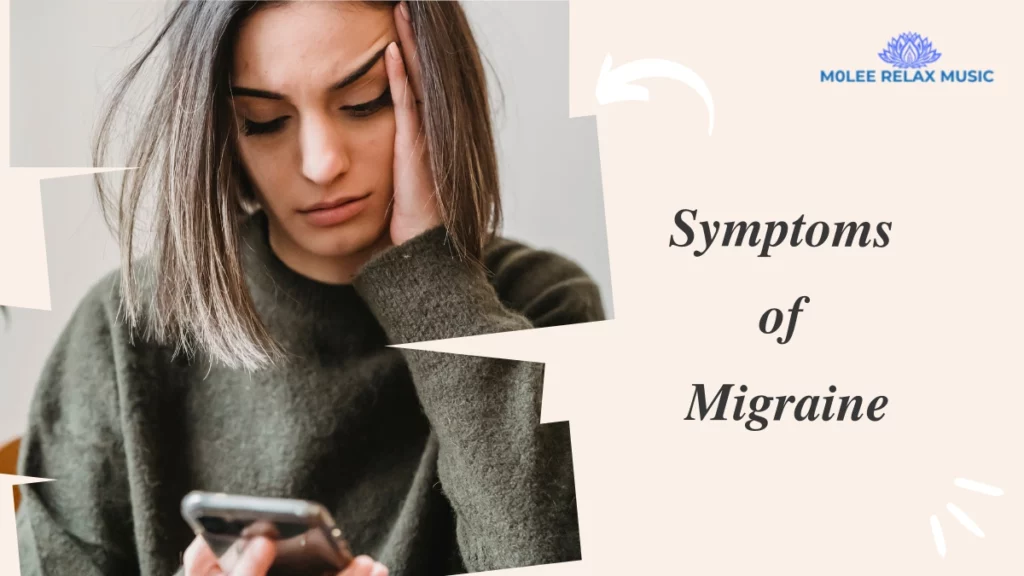
The symptoms vary depending on the different phases discussed above. Hence, we have discussed the symptoms of migraine based on each phase below.
Prodrome symptoms
- Change in mood
- Fatigue
- Frequent urination
- Lack of concentrating
- Nausea
- Sleeping difficulty
Aura symptoms
- Changes in vision
- Headache attack symptoms
- Lack of concentrating
- Nausea
- Ringing in ears
- Sensitivity to touch
- Vomiting
- Weakness in muscle
Postdrome symptoms
- Dizziness
- Fatigue
- Lack of concentrating
- Nausea
- Sensitive to light and sound
- Stiff neck
Treatments For Migraine Relief
There are a couple of treatments for migraines. Depending on the type of migraine you have, the therapy can help you in the long term or short term.
However, the following are the critical treatments for migraines:
- Obtain proper medications after visiting the ideal doctor.
- As discussed above, many reasons are causing or triggering migraine. Hence, avoiding the migraine triggers can help avoid being affected.
- Intake of sufficient and required vitamins, minerals, or herbs such as Vitamin B2, magnesium
- Use relaxation techniques such as yoga, Transcendental Meditation (TM),
- Acupuncture.
- Biofeedback.
Stress And Migraines
Stress and migraine correlate with one another. If you have a high level of stress, there is a high chance of being affected by migraine headaches due to stress. Also, stress may be a triggering point for many individuals to invoke migraine.
Hence, if you feel or suspect getting migraine due to your stress, please consider speaking to a mental health professional. A professional may help you manage stress and migraines through the ideal treatments.
Also, if you get migraines due to stress, you might forget to do your daily activities, too! For example, you may miss a meal. In that case, you can set an alarm on your phone to remind you of the activities you must do when you have migraines. This strategy may help you in the long term.
Transcendental Meditation (TM)
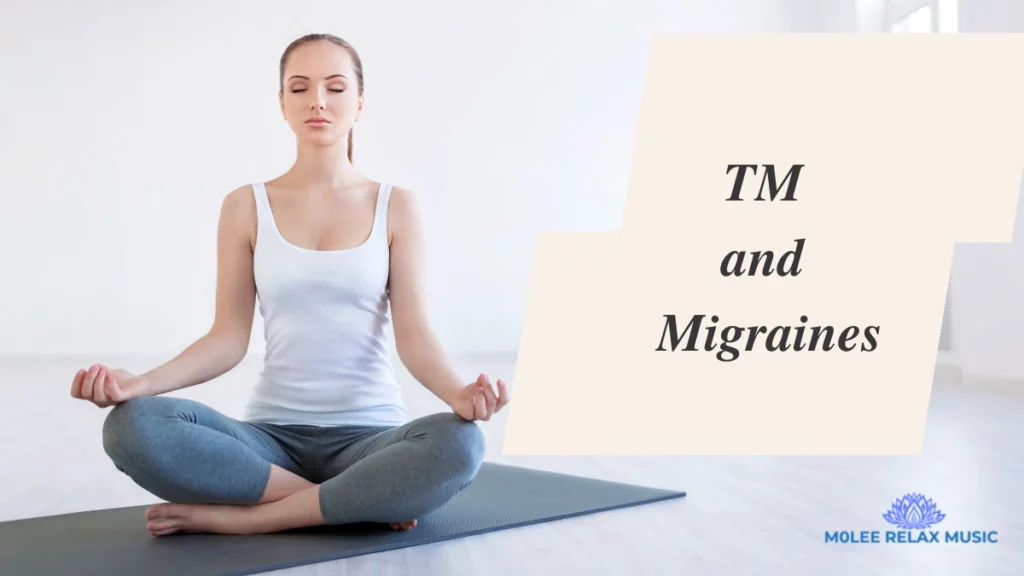
Transcendental Meditation is a mantra meditation technique that helps overcome or avoid distracting thoughts and ensure relaxation. It has been reported that continuously practicing TM helps to control some diseases, mental issues, and symptoms by providing practical health benefits.
You recite a mantra repeatedly based on your TM requirements. The critical aspect of this treatment is that it has a rhythm and sound, which reduces the production of discursive thoughts.
Can Transcendental Meditation Help With Migraines?
You can use mantras to overcome stress if you want to overcome TM for migraines. Since mantras are relaxation techniques, they can help you reach a deeper state of relaxation, joy, and rest.
If you practice TM to overcome migraines, you will initially notice that it positively affects your mind during the three months of practice.
However, the following are the key benefits of TM if practiced against migraines:
- Stress reduction.
- Reduction in depression.
- It helps to overcome insomnia.
- Provides happiness, relaxation, and inner peace.
- Provide a deep, calm, and relaxed state of mind.
- Ability to enhance the power of concentration.
- It helps to control and reduce the intensity of pain caused by migraine.
Which Meditation Is Best For Migraines?
In this section, we will discuss the critical types of meditation techniques and the best of them for helping migraines. The main types of meditation techniques are as follows:
- Mindfulness
- Zen meditation
- Vipassana
- Yoga
Mindfulness Meditation For Migraine Relief
Mindfulness is a meditation technique that teaches and trains the individual to identify the critical phases of life. For example, mindfulness helps to acknowledge the phases such as pain, anxiety, worry, and depression effectively.
Addressing your key phases and concerns can help calm your nervous system, which is in pain or affected by other symptoms. Thus, mindfulness helps identify problems and symptoms and teaches you to control your body and mind to drive yourself forward effectively.
How Zen Meditation to Manage Migraine?
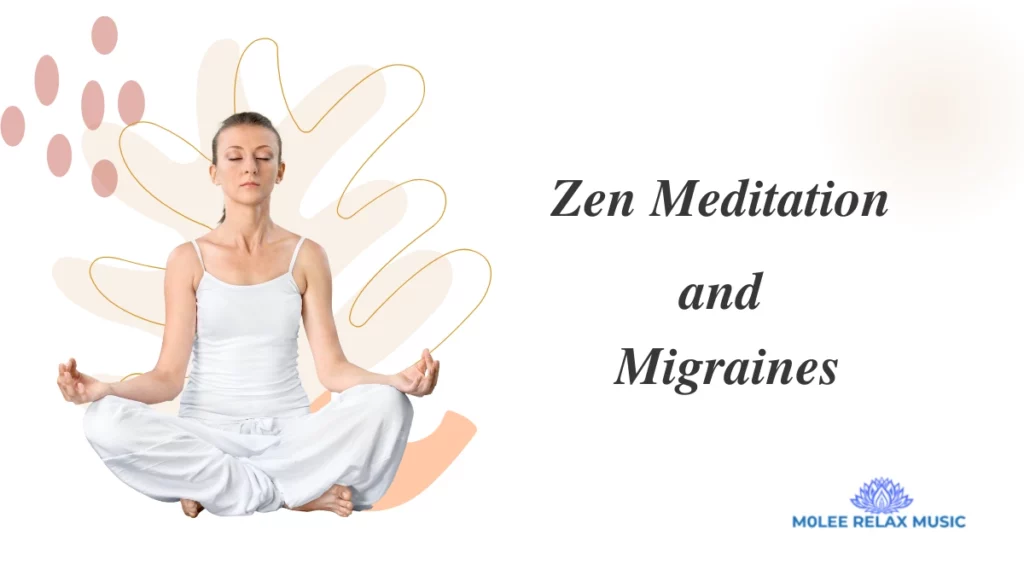
Zen meditation is a type of Japanese spiritual meditation practice. Also, it is called Zazen. If you are practicing zen meditation, it is led by a master having appropriate experience and ritualized. However, when it comes to Zen, you need to practice it daily. They have a retreat called “sesshin,” which means ” to gather the spirit.”
So, if you practice Zen to overcome your migraine pain, continuous practice will give you a deep sense of relaxation and control over yourself. Since it is a daily practice, it will help you manage the migraine pain just like you manage your schedule. It is like you can control your pain within your hand fists.
Whatever the thought you get can be controlled, and it will help you to lead other thoughts and direct your pain away from your mind.
Can Vipassana Cure Migraine?
Yes, Vipassana can cure migraines by helping through meditation, but it won’t be the sole cure. Vipassana is an ancient type of meditation primarily focused on mind-body exercise. It was a meditation practice led and practiced by the Buddha. Vipassana indicates the meaning of “to see things clearly.” It is also known as a type of insight meditation, as it can take you to your deep senses.
Hence, Vipassana meditation has the power to control and heal your body and mind. It can help you focus, concentrate, and build deep connections between your body and mind. Thus, it will give you a deep sense of calm and detachment from pain.
Hence, it can also be used to control your migraine headaches and improve your quality of life.
How Yoga For Migraine Relief Works?
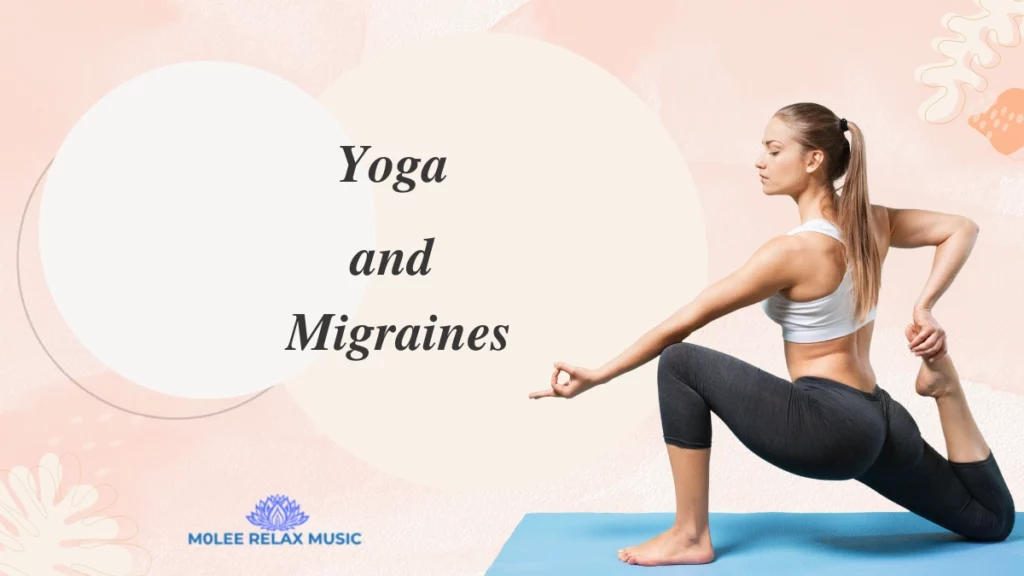
Yoga is a type of meditation that combines physical exertion with mental meditation. Hence, it involves the physical contribution that is correlated to the mind. Based on insights, specific yoga poses help migraine patients relax their bodies.
Hence, it can help you to identify your pain and control your stress and pain. However, the yoga poses play a central role in treating migraines. Using the proper yoga poses may come in handy to provide a relaxed body.
What are the pressure points to relieve migraine pain?
- LI4 (Hegu) Point: Located between the thumb and index finger, this point is the most commonly used in acupressure. Applying firm pressure here can help alleviate headaches and reduce overall pain.
- GB20 (Feng Chi) Points: These points are situated at the base of the skull, in the hollows on either side of the neck. Gently massaging these points can help relieve tension in the head and neck, which is often associated with migraines.
- ST36 (Zusanli) Point: Found below the knee, about four finger-widths down from the bottom of the kneecap and one finger-width to the outside of the shinbone. Stimulating this point can help improve circulation and reduce pain, potentially providing relief from migraine symptoms.
- Yintang Point: Located between the eyebrows, this point is often referred to as the “third eye.” Applying gentle pressure here can help reduce stress and alleviate headache pain.
- Taiyang Points: These are located in the temples, in the soft depressions on either side of the forehead. Massaging these points can help relieve tension headaches and migraines.
Using these pressure points can be an effective, natural way to manage migraine pain. However, it’s important to gently and consistently apply pressure and consult with a healthcare professional if you have any concerns or if your migraines persist.
Conclusion
In conclusion, there are many methods to control the migraine, including trigger points. Identifying the migraine trigger points will help you find practical solutions in the long term.
However, you can control migraines to an extent via practices such as Transcendental Meditation, Mindfulness, Zen meditation, Vipassana, yoga, and more!
We hope this guide was helpful for you in identifying migraine and their critical alternative treatments effectively.
FAQs on Transcendental Meditation and Migraines
What frequency gets rid of migraines?
The binaural beat frequency of listening to binaural beats at the theta brain wave frequency of 4 to 8 hertz helps eliminate migraines.
What can permanently stop migraines?
There is no specific cure to stop migraine permanently. But you can take the required medications and get involved in different meditations ideal for your condition to control meditation.
What is the number one trigger for migraines?
The number one trigger for migraines is stress. However, using ideal methodologies to overcome stress can help you overcome it.
What color noise helps migraines?
White noise is often recommended for helping with migraines as it can create a consistent sound environment that masks disruptive noises. Additionally, some find that pink noise, which has a balanced frequency spectrum, can be soothing and reduce migraine symptoms.
